- Learning time
- 20 minutes
- First play time
- 40 minutes
Lanterns: The Harvest Festival
Designed by: Christopher Chung
In Lanterns: The Harvest Festival, you are artisans competing for the most honour by floating your wondrous lanterns out on the surface of the lake.
No actual lakes are needed for play. The game consists of lake tiles and lantern cards: you play the former to gain the latter, and cash in the cards in for honour points.
A single starting tile is laid face-up on the table and all players are dealt three lake tiles, which show four colours of lanterns on them – a different colour on each side. On your turn you play by adding a tile to the growing collection on the table: whichever side faces you, you gain a matching lantern card of the same colour. But – all other players will also get a lantern card of the colour facing them. If, when placing your tile, you match colours with adjacent tiles along their edges, then you gain an extra card of the matching colour. And some tiles also have floating platforms on them – if you manage to match a colour next to a floating platform, you get to pick up a Favour token – and once you have two favour tokens, you can cash these in at the start of a subsequent turn to trade one coloured lantern card for another.
Why trade though? Because once you have enough cards, you can cash them all in for a dedication tile, which give your honour points: these demand sets of cards in the form of four of a kind, three pairs, or one each of the seven lantern colours. So the favour tokens are a handy way of developing a random set of cards into the set you need – and grabbing dedications sooner is better, as the tiles are stacked so that as the stack depletes, they become worth less and less.
After all tiles are placed, players have one last chance to cash in lantern cards: then they add the honour points on their dedication tokens to see who’s won. Ties are broken by who has the most favour tokens left over, then who has the most lantern cards in their hand.
The guru's verdict
-
Take That!
Take That!
It might not seem apparent on a first play but Lanterns offers a reasonable degree of interaction. Place tiles carefully to avoid giving opponents the cards they are clearly after (lantern cards are double-sided, so everyone can see who has what) and beating someone to the punch on a particular dedication tile can be key.
-
Fidget Factor!
Fidget Factor!
It really depends who you play with. If everyone's happy to play fast and loose, the fidget factor is low (and you're getting lantern cards during all turns as well). But Lanterns can invite lulls in play too...
-
Brain Burn!
Brain Burn!
...because there's some jiggery-pokery here as to how you manage your hand. You can only trade in favour tiles or buy dedication tiles before you place your lake tile, so there's some forward planning needed. Then there's the ideal scenario of keeping tabs on what your opponents want too - so despite the very light rules, there's tactical depth here that may invite pauses in play and someone works out their best move.
-
Again Again!
Again Again!
Lanterns isn't a game that varies enormously in play and the only random factor - aside from the players, of course - is the placing of lake tiles. But it's light, brief, and looks lovely spread out on the table too.

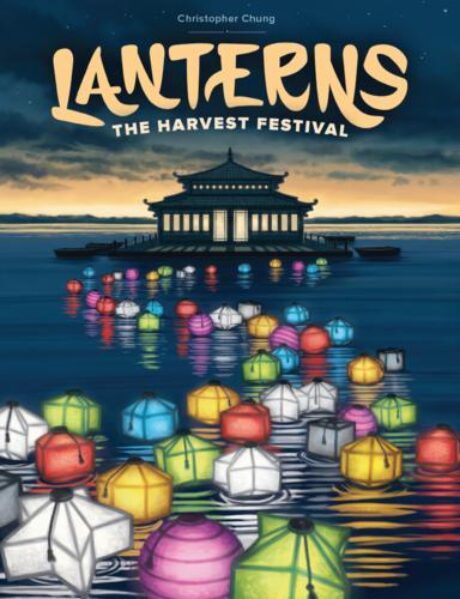

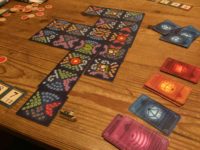



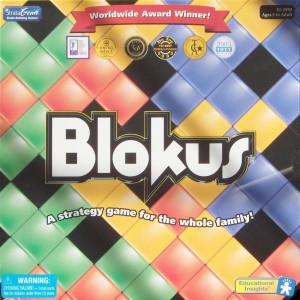
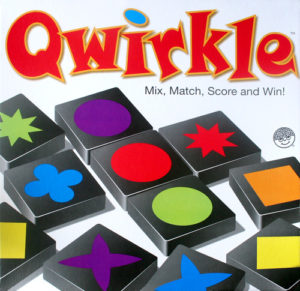

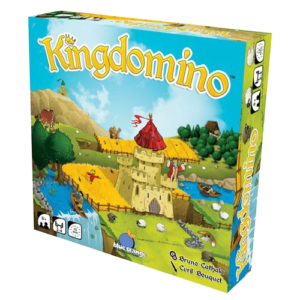
Sam says
Lanterns doesn't have huge variety in play, but all the same I think it will have its fans. Light rules but with a little depth in play is always a good mix for families, and although it's a bit abstract for my tastes, I like the challenge of the tile-laying and the fact that placing tiles rewards everyone, not just the active player: as well as helping the game move along, it also adds a tactical element to play that might otherwise have seemed a little prosaic: place a tile, get something. There's tension here too, as you're all essentially racing for those dedication tiles, and they're increasingly less valuable as time runs out.